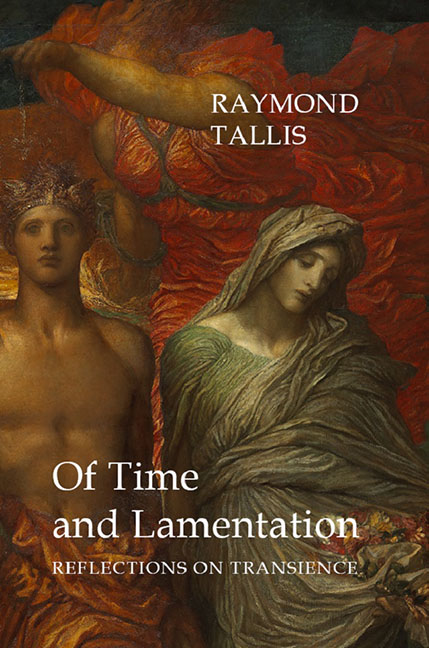Chapter 6 - Living time: now
Published online by Cambridge University Press: 09 August 2023
Summary
NOW
Defining now
“What day is it?” asked Winnie the Pooh. “It's today” squeaked Piglet. “My favourite day” said Pooh.
A. A. Milne, Winnie the PoohAnyone inclined to think that the present is the least mysterious of the tenses, that it is more straightforward or even more basic than past or future, will change their mind once they look hard enough. The trouble begins with the most elementary face of the present: “now”, which, as we noted in the previous chapter, Einstein observed (with some regret) lay as far beyond the reach of science as other aspects of tensed time. No foliation of space–time is geometrically special, and certainly not in the way that the present moment is special. The fact that “now” eludes the grasp of physics may seem scarcely surprising. It is an indexical anchored in “I” or “we” and first-person being and hence is absent in no-person physical science, notwithstanding that the mathematized account of the world aspires to describe the framework of all possible experiences. Even so, it seems to have a reality that goes beyond the apparently equally indexical “here”, as we shall discuss in §6.1.3.
Poincare pointed out that in mechanics something is missing in its grasp of simultaneity: it reduces the qualitative problem of simultaneity to the quantitative problem of time measurement. Some might argue, however, that “now” eludes physical science not because the latter has an impoverished sense of simultaneity but because “now” entirely lacks content and Einstein should consequently not have fretted. Certainly “I am now” and (of the time) “It is now” smack of empty logical necessity because “now” is defined by the time at which the assertion using the token “now” is uttered. It is, however, substantive in a way that Mellor inadvertently highlighted when he attempted to reduce now (and tensed time) to the relations between utterances and that of which they speak.
Why no-one would bother saying either “It is now” or “I am now” may seem obvious but the reasons are worth spelling out because they are different in the two cases. “It is now” unpacks the fact that in its use in particular utterances, “now” refers to the (present) moment in which the utterance is being made: the utterance, that is to say, is devoted to making explicit one aspect of itself.
- Type
- Chapter
- Information
- Of Time and LamentationReflections on Transience, pp. 287 - 336Publisher: Agenda PublishingPrint publication year: 2017



